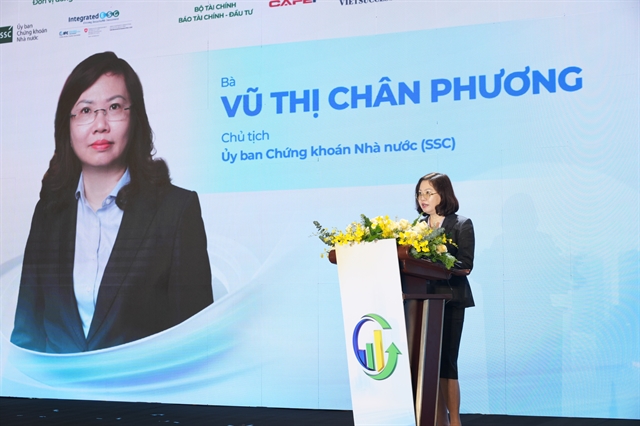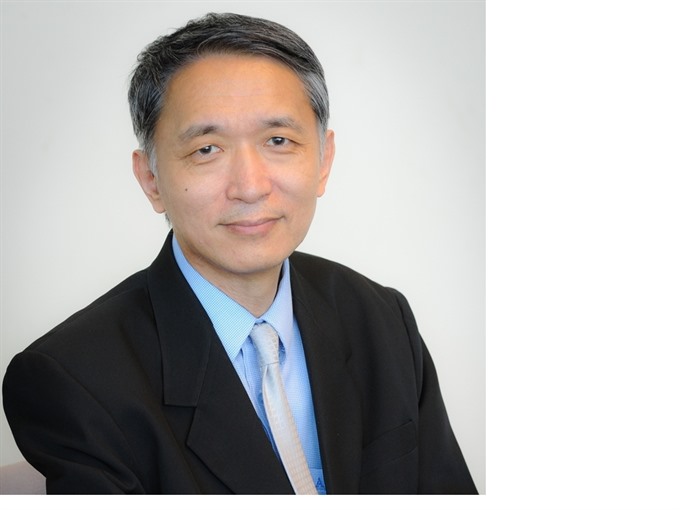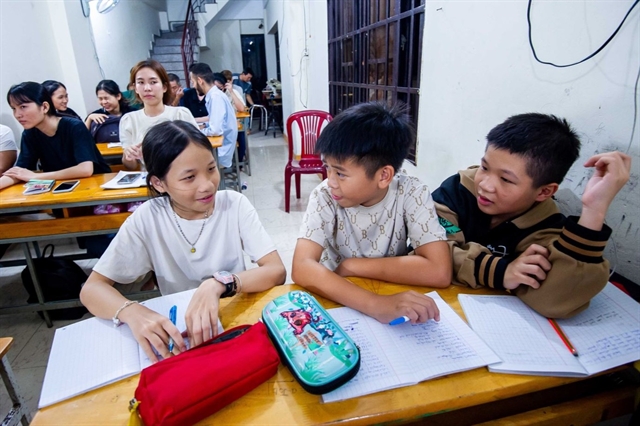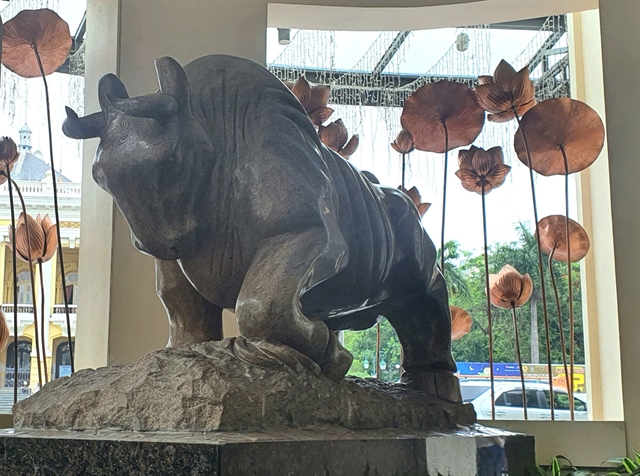 World
World

Only weeks ago, the world’s leading climate scientists warned that global warming by 2˚C would have even worse impacts than previously anticipated. The report of the Intergovernmental Panel on Climate Change called for more rapid decarbonization of the global economy to limit warming to 1.5˚.
 |
| Yongping Zhai |
By Yongping Zhai*
Only weeks ago, the world’s leading climate scientists warned that global warming by 2˚C would have even worse impacts than previously anticipated. The report of the Intergovernmental Panel on Climate Change called for more rapid decarbonization of the global economy to limit warming to 1.5˚.
Greenhouse gas emissions will not drop quickly enough unless global investment into clean energy doubles and all countries embrace renewable energy, especially in the Asia-Pacific, a region which has fast-growing emissions as well as the greatest number of people acutely exposed to the harshest consequences of a changing climate.
Helping to make this happen is a responsibility that the Asian Development Bank (ADB) takes seriously. Our developing member countries are already taking steps to protect their communities by mainstreaming climate-smart policies and technologies into development planning.
Our commitment to supporting these efforts is demonstrated in our recently approved long-term Strategy 2030. In it, we resolve that 75 per cent of all ADB projects will support climate change mitigation and adaptation. Climate finance from ADB’s own resources will increase to US$80 billion from 2019 through 2030.
Already, our focus on clean energy is having an impact. In line with our 2020 climate finance target of $3 billion in annual investments into clean energy, ADB approved just over $2 billion for 25 renewable energy and energy efficiency projects last year. This will deploy 1,557 megawatts of new renewable energy generation capacity, save 738 gigawatt-hours of electricity per year and avoid 11.8 million metric tons of carbon dioxide (CO2)-equivalent per year of greenhouse gas emissions.
Innovative technologies are at the heart of our work on climate. We finance transmission and distribution projects incorporating smart grids and energy storage technologies that will give more people access to energy and help to integrate renewable energy into power systems. Advances including renewable energy-based microgrids with storage, waste-to-energy, geothermal, carbon capture and storage, and artificial intelligence are central to the region’s low-carbon growth prospects.
So too is the private sector, which can help pioneer these technologies. We help companies throughout Asia, including remote and vulnerable countries like
ADB recently established a high-level technology fund to promote innovative projects. An electricity transmission infrastructure project in
Still, there’s a lot of work to be done. About 439 million people in developing
While we enable our developing member countries to transform their energy systems, we are supporting a transition in the interim by investing in new and efficient power plants based on natural gas, which emit 50-60 per cent less CO2 compared to new coal plants.
In the past, there were instances when coal-fired power plants were the only economically viable way of addressing chronic power blackouts that disproportionately affected the poorest people in our developing member countries. The last such instance was five years ago in Pakistan, where we supported the Jamshoro supercritical coal-fired power plant, which prior to our investment was running on highly-polluting heavy fuel oil.
Clean energy will power
By applying a shadow carbon price of $36.30 per ton of CO2 (to be increased by 2 per cent annually in real terms) to all projects, we encourage innovative projects with lower emissions and discourage more polluting ones. Given the increasingly competitive cost of renewable energy technologies, the growing risk of stranded fossil fuel assets, and the rising shadow carbon price, coal-based power plants will no longer be a viable option to meet the electricity demand of developing countries.
ADB will continue to help its developing member countries achieve their targets under the Paris Agreement on climate change. We will ensure that, as we meet our own climate finance targets, ADB’s lending portfolio has no place for “dirty energy”.
*Yongping Zhai is head of ADB’s Energy Sector Group



.jpg)
